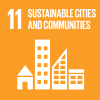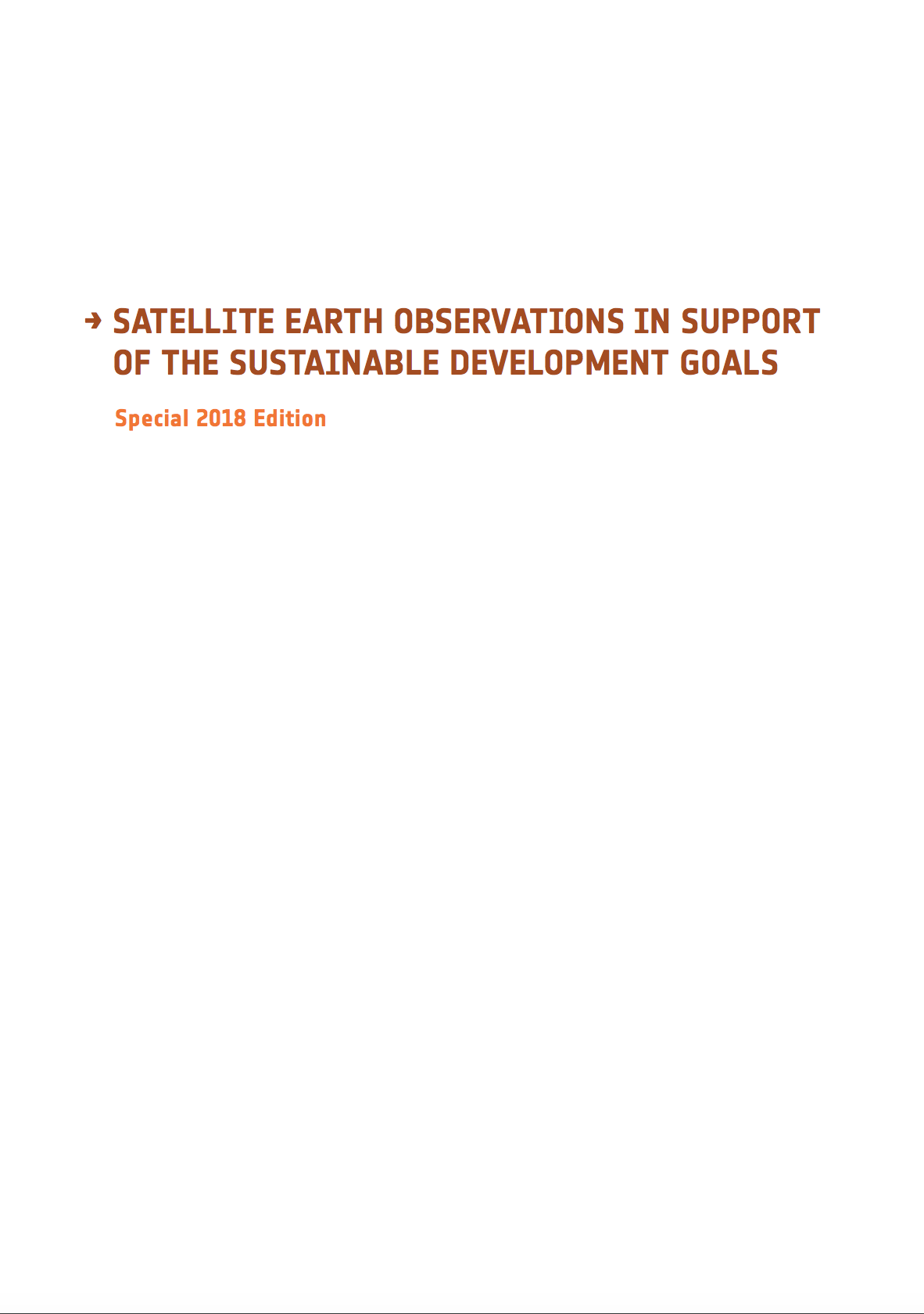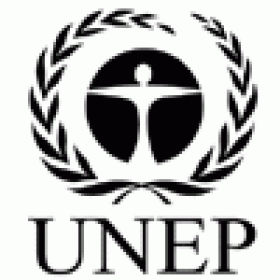
Ratio of land consumption rate to population growth rate
Last updated on 1 February 2022
This indicator is currently classified as Tier II. The United Nations Human Settlements Programme (UN-Habitat).
Unit of measure: The unitless indicator is measured as a ratio of the consumption rate (%) and population growth rate (%).
Why is this indicator important?
Urban areas are expected to grow considerably in the coming years. Many cities around the world have vast urban expansion plans. Urban sprawl can increase CO2 emissions and pose a threat to people and the planet. High rates of urban densification without adequate provision of infrastructure also results in diverse urban challenges. Urban expansion needs to be done efficiently and inclusively to ensure sustainable land use and management.
This indicator allows decision makers to track and manage urban growth and therefore allows them to promote land use efficiency in this context. In sum, it ensures that the SDGs adequately address the wider dimensions of space and land and provides a foundation for achieving other sustainable development goals, including those pertaining to health, food security, energy and climate change.
How is the indicator measured and monitored?
Several sources of information are required for the indicator computation, including multi-temporal satellite imagery through remote sensing and geospatial analysis processes as well as population data from censuses and surveys. Data for developed urban land is usually available from the urban planning units of cities and, where lacking, can be generated from openly and freely available satellite imagery.
Within the defined city/ urban area boundaries, the changes in built up areas over time are used to estimate the land consumption rate. The use of this measure accounts for aspects such as “newly developed”, "partially developed” and/or “redeveloped” land. According to the metadata document, defining the city or urban area poses a challenge since quite often land consumption through urbanization processes happen outside official municipality boundaries. The interpretation of the results is limited in cases with negative or zero growth. In addition, multiple city aggregations may lead to wrong interpretations.
By Anne Hennings, peer-reviewed by Dennis Mwaniki, Spatial Data Expert at UN-Habitat’s Data and Analytics Unit.
Other related indicators on Land Portal
In addition to the official indicator data, the following indicators provide information on urban expansion and related land use planning questions.
| Indicator | Min-Max Number of years |
Countries / Obs | Min / Max Value |
|---|---|---|---|
| Land use planning guides expansion in other cities | |||
| Land use planning guides expansion in the largest city | |||
| Population growth | |||
| Process for urban expansion clear, public, respects rights | |||
| Urban Population |
Muslim community revamps old Mumbai neighbourhood with arches, solar panels
Mumbai's 150-year-old Bhendi Bazaar quarter is embarking on a unique community-led modernisation that could be a model for inner-city redevelopment across India
MUMBAI, June 12 (Thomson Reuters Foundation) - All her life, home for Robab Nallwalla has been a one-room flat in central Mumbai, a space she shares with her parents and her brother - and more recently, her brother's wife.
The single room, similar to nine others on the dingy floor with no lift, was cramped and noisy, not a place she could invite friends to.
Debate Denounces Temer’s Change to Land Regularization Law MP759
On December 22, 2016, President Michel Temer revised a law that specifically regularizes urban and rural land owned by the federal government, notably eliminating requirements for upgrading infrastructure on those lands.
Illegal land occupations trouble South Africa's municipalities
Frustrated over the pace of housing delivery and poor living conditions in informal settlements in South Africa, a group of people from informal settlements in Tshwane municipality in May gathered to protest poor, overcrowded living conditions.
They also demand resettlement, after attempts to occupy a nearby space was met with threats by private land owners.
The human cost of Rio's growth
"I would come back to live here if I could," said Altair Guimarães, plucking a guava from a fruit tree that survived the re-development of Rio de Janeiro's once-thriving Vila Autodromo community, all but razed by the 2016 Olympics project.
Guimarães, 61, was evicted from his home two years ago and today the trees, a church and two rows of small white houses are all that remain of the neighbourhood on Rio's western fringe.
Нумерация страниц
Satellite Earth Observations in Support Of The Sustainable Development Goals
This Handbook aims to explain how satellite Earth Observation (EO) are an essential tool in the development of the information and evidence required by many of the SDG Targets and Indicators.It has been prepared for national agencies, UN bodies and other SDG stakeholders working towards a collective implementation of the 2030 Agenda and towards a cost-effective response of countries to the SDG
Estimating the impacts of urban growth on future flood risk: A comparative study
The unprecedented growth of cities has a significant impact on future flood risk that might exceed the impacts of climate change in many metropolitan areas across the world. Although the effects of urbanisation on flood risk are well understood, assessments that include spatially explicit future growth projections are limited.
Confronting the Urban Housing Crisis in the Global South: Adequate, Secure, and Affordable Housing
- There is an accute lack of well-located urban housing that is adequate, secure, and affordable. The global affordable housing gap is currently estimated at 330 million urban households and is forecast to grow by more than 30 percent to 440 million households, or 1.6. billion people, by 2025.
Agricultural Land Fragmentation at Urban Fringes: An Application of Urban-To-Rural Gradient Analysis in Adelaide
One of the major consequences of expansive urban growth is the degradation and loss of productive agricultural land and agroecosystem functions.
Modeling Future Urban Sprawl and Landscape Change in the Laguna de Bay Area, Philippines
This study uses a spatially-explicit land-use/land-cover (LULC) modeling approach to model and map the future (2016–2030) LULC of the area surrounding the Laguna de Bay of Philippines under three different scenarios: ‘business-as-usual’, ‘compact development’, and ‘high sprawl’ scenarios.
Нумерация страниц
![]()

By 2030, enhance inclusive and sustainable urbanization and capacity for participatory, integrated and sustainable human settlement planning and management in all countries
Indicator details
The indicator is conceptually clear, has an internationally established methodology and standards are available, but data is not regularly produced by countries.
Key dates:










